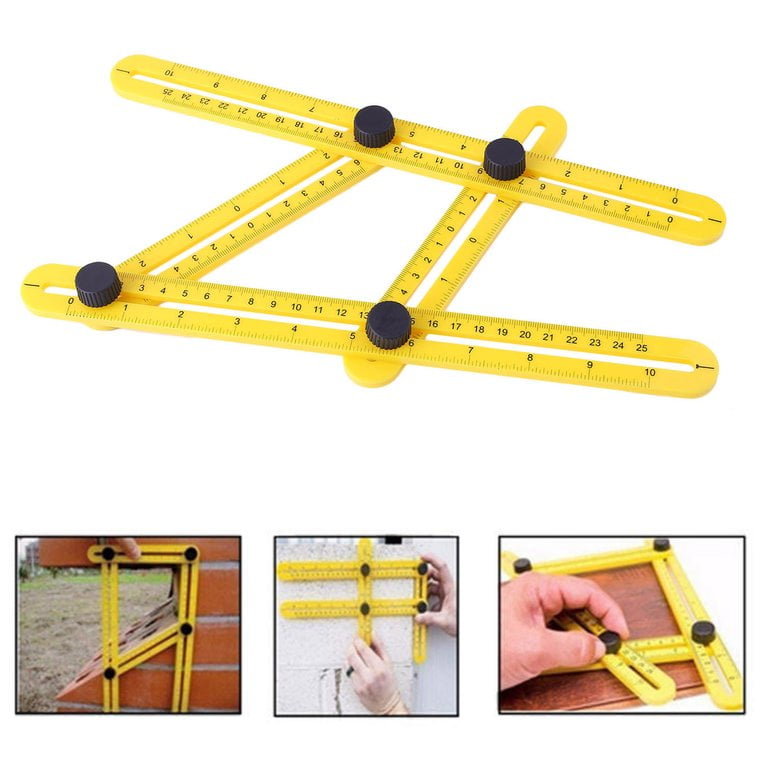

Flick the die and take note of which side faces upwards – repeatedly flick the dice and record the resultsįor a well-balanced die, you can expect a variety of numbers.Fill the container with water, then add salt and the die to the water – if the die doesn't float, add more salt until the die floats.Get a container that can fit the die you want to test.Each dice, particularly d20 (20-sided polyhedral dice) and d8 (8-sided polyhedral dice) is often unbalanced, and more likely to roll certain numbers.Īlthough it may not be the most accurate way to test how random your dice is, one relatively quick test you can do involves just a container, some water, and some salt: However, this is not necessarily the case with mass produced dice as they cannot be truly random, since it is difficult to mass produce dice that are uniform, and there may be differences in the symmetry of the dice. How random is a dice?īased on probability, a die should have an equal probability of landing on each of its faces. There are also non-numeric dice, dice that do not follow a counting sequence that begins at one, and spherical dice. Dodecahedron: 12 faces – the yellow dieĪlthough the image shows some of the more common die shapes, there are many other polyhedral dice, or dice of other shapes.Pentagonal trapezohedron: 10 faces – the orange, non-cubic die.The most commonly used dice shapes are shown in the image, and listed below. Some other well-known tabletop games include Monopoly, Risk, Dungeons and Dragons, and Settlers of Catan. Examples of tabletop games that involve the use of dice include games like backgammon, Boggle, and Yahtzee, where dice are a central component of the game. They are typically used for tabletop games, which include a wide variety of games, as well as for gambling. Shape: Can be stretched to Multi Shapes, used in brick, tile, wood, corner products.A dice is typically a small, throwable object that has multiple faces (most commonly six) and possible positions that indicate a number (or something else), used for generating random numbers and events.

Measurement Size: Maximum can measure 25cm/9.84in.⦿ This tool can be applied for different materials, such as tile, brick, stone, lumber, laminate, and more as you need! A perfect tool for builders, craftsmen, and weekend warriors, and DIY-ers alike. ⦿ Just place the template tool onto your work area, slide the rulers into the shape to fit the space measured, tighten the screws, and use to mark your workpiece for accurate cutting.

⦿ D urable to withstand any physical impact and has a strong resistance to most corrosive chemicals. You can create desired shapes by using a Multi-Angle Measuring Ruler. ⦿ Simply loosen the metal knob, adjust the scale to the desired angle or shape, and tighten. Scales are engraved and won’t wear off with time. Both sides have markings for inches and centimeters. ⦿ Multi-Angle Measuring Ruler has bolts and knobs that fix strongly. This 4-ruler set lets you create a template for any job. ⦿ Duplicate an unusual joining, ensure the flooring fits in that odd angle corner. Measure smart, make it easy on yourself, keep your toolbox clutter down. ⦿ This tool can be a T-square, right-angle, even create circles.
Multi ruler tool portable#
⦿ The excellent portable tool folds quickly and is easily stored in any toolbox or tool-belt. ⦿ Multi-Angle Measuring Ruler slides and locks into any desired angle to save you time on repetitive measurements. 4 sides in total, each end can slide and lock into your desired angle to be used as a stencil for repetitive measuring work. It’s foldable for easy storage to be carried around for any one-handed operation projects. Introducing The Multi-Angle Measuring Ruler Perfect Template Tool To Get The Accurate Precise Measurements On Complex Shapes And Angles, Especially In Tight Corners Around Your Room!


 0 kommentar(er)
0 kommentar(er)
